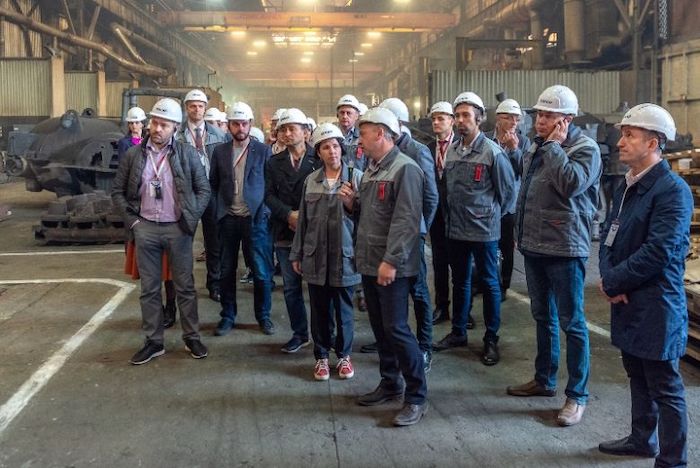In recent years, a network of industrial parks has been actively developing in the Russian Federation. These are special companies that specialize in providing professional services for the placement of new production facilities. Now the Association of Industrial Parks operates on the territory of the country — it is a non-profit and non-governmental organization that unites leaders of industrial infrastructure. Within the framework of this organization, companies are working to improve the investment climate in Russia in order to attract foreign investment to the country’s economy. The Association of Industrial Parks sees as its task the development of competence in the field of professional management of industrial sites and in monitoring compliance with the standards of industrial sites on the basis of domestic and international practices..
The Association unites industrial parks of St. Petersburg, Moscow and the Moscow region, Ulyanovsk, Ivanovsk, Kaluga, Oryol, Volgograd, Belgorod, Sverdlovsk regions, Tatarstan, Perm region and other regions of Russia. In its work, the Association initiates the development of projects for the certification of industrial zones and industrial parks, the expansion of the geography of investment projects in Russia, as well as for the development of draft laws and a set of measures to promote the participating companies.
Industrial parks are characterized by the following distinctive features: Allocated area; Specialized capital buildings; Managing organization; Engineering Communication; Compliance with legal regulations. We also note the following parameters that determine the competitiveness of an industrial park: Location of labor resources and sales market. The closer they are, the lower the costs of production and sale of finished products; Transport accessibility; Availability of financial partners; Combining several delivery routes: road transport, air transport, water transport, etc .; Sufficiency of energy resources; Simplified procedure for approval of administrative and permitting documentation; Affordability of housing and other social infrastructure; Prospects for expansion, development and diversification of production facilities; Modern engineering communications.












